What is a Built UP Roof (BUR)?
A BUR, also known as “tar and gravel”, is a type of roofing system constructed from multiple layers of bituminous materials interspersed with reinforcing layers. This structure is complemented by a protective layer consisting of crushed marble granules firmly embedded in a bed of bitumen.
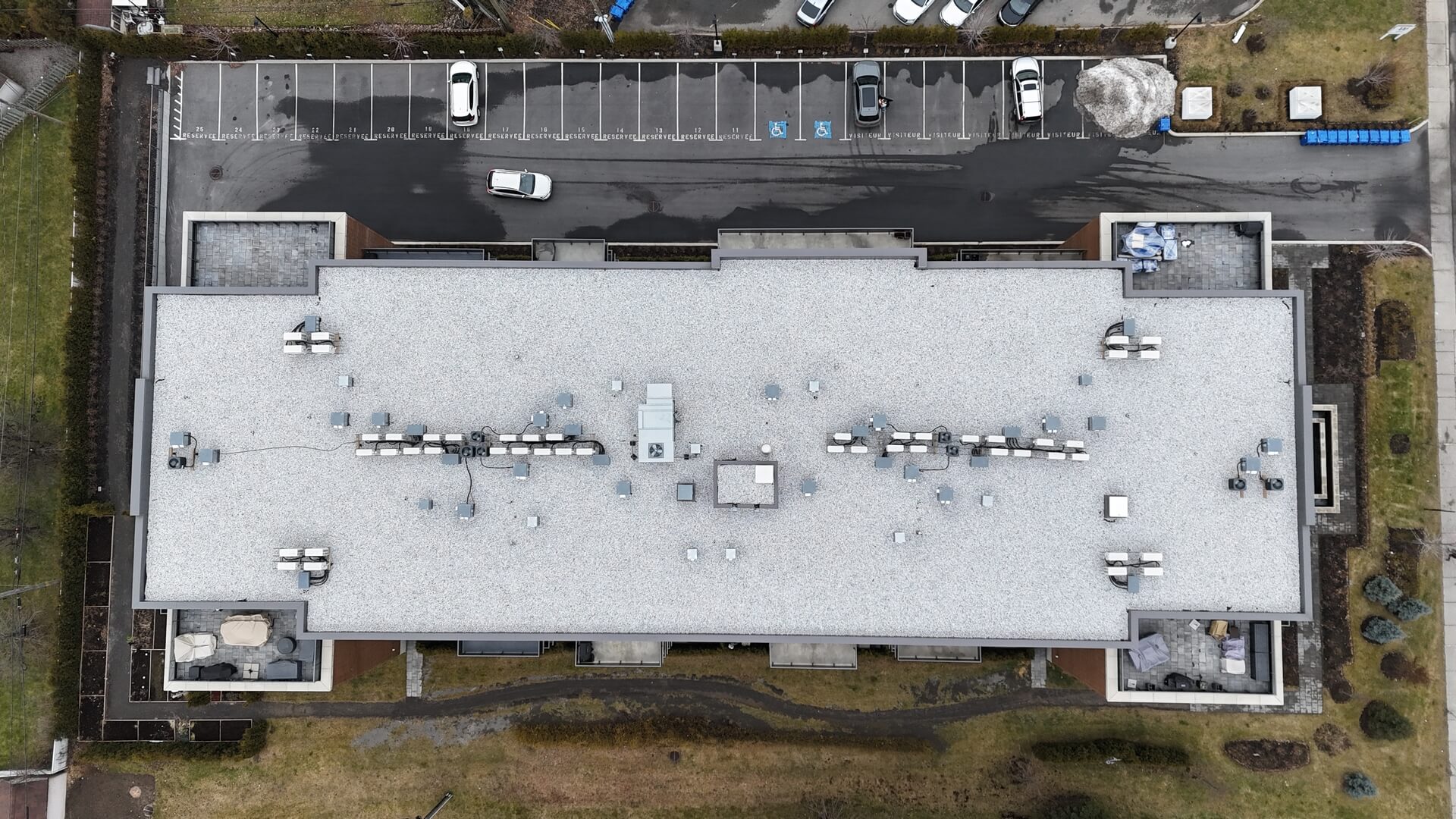

What is its lifespan?
The lifespan of a BUR depends on various factors, including the type of materials used, the quality of installation, local weather conditions, and regular maintenance. Generally, the average lifespan of a BUR is around 15 to 30 years.

What is the cost of the roofing system?
The cost of a BUR, can vary based on several factors, including roof size, material type, installation complexity, geographical region, and the chosen roofing professional. Typically, this roofing system starts at $14/sq ft and can go up to $22/sq ft.
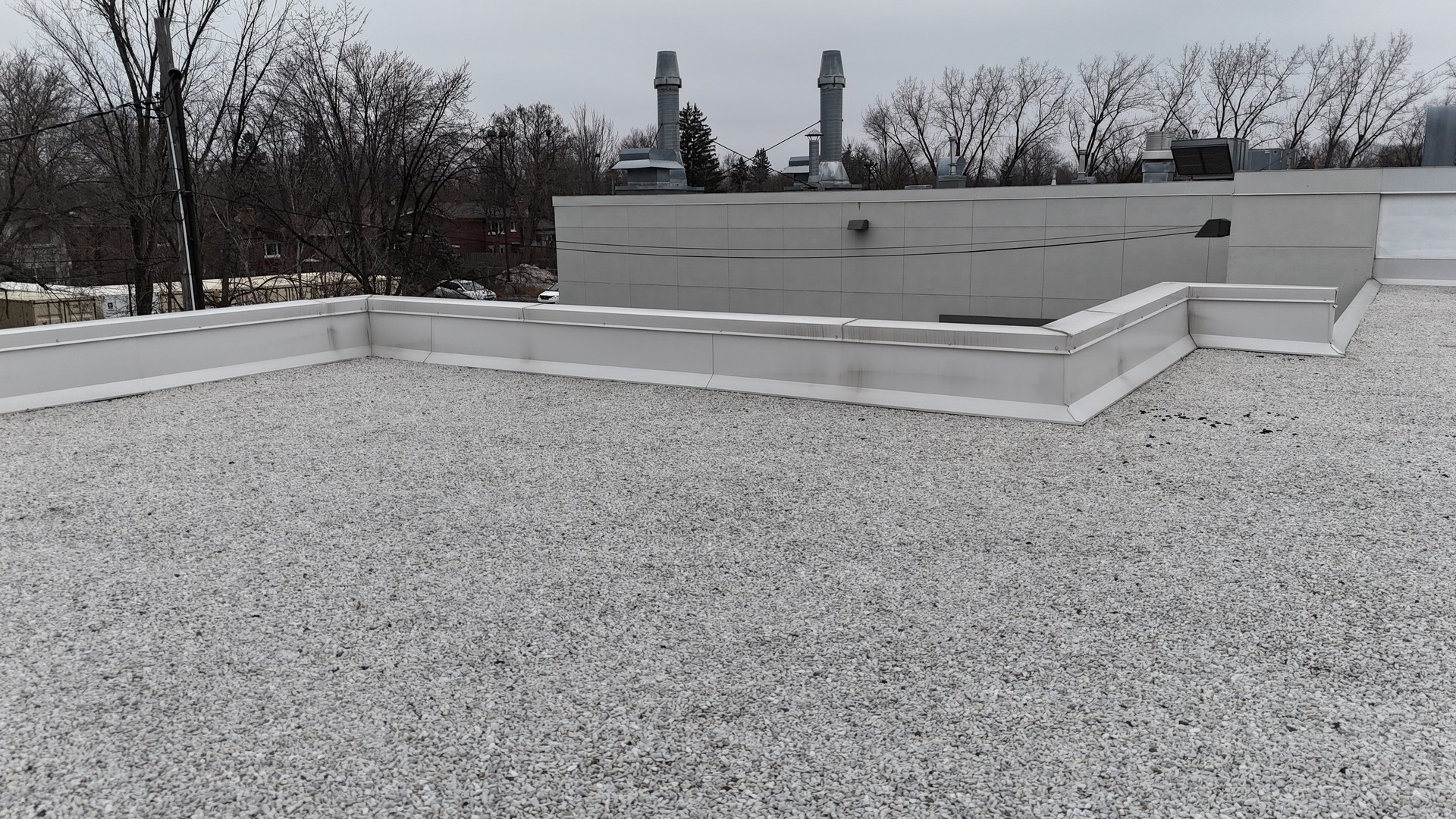
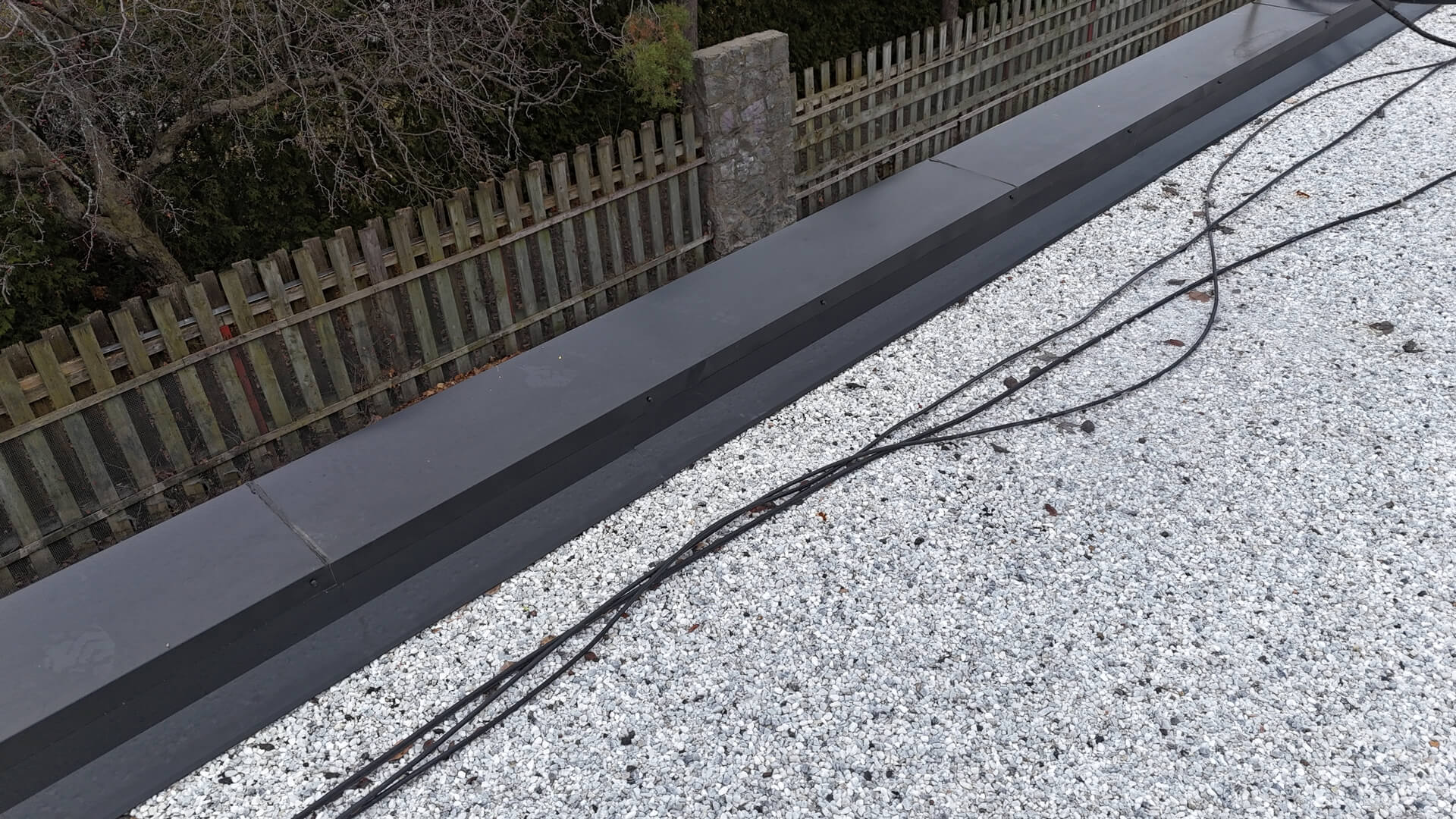
What types of flashing are used?
The flashing used on the BUR consists of pre-painted steel sheet metal, carefully custom-folded to fit the contours of the roof parapets. It includes metal counter-flashing for vertical sections and metal base flashing for horizontal sections. These components are securely fastened to the parapet using roofing screws, ensuring reliable waterproofing with the use of neoprene washers.

What maintenance is necessary?
Annual maintenance of a BUR is crucial to ensure its longevity and prevent potential issues. This routine includes a thorough visual inspection, cleaning gutters and/or drains for optimal water flow, checking water flow around protruding elements, immediate repairs for identified damages, pruning trees overhanging the roof, removing unwanted vegetation, meticulous examination of flashings and joints, checking fastening elements, evaluating the overall roof condition, and, if necessary, consulting a professional for more complex issues. These proactive measures contribute to keeping the roof in good condition, preventing leaks and water damage, and ensuring effective protection against environmental elements.
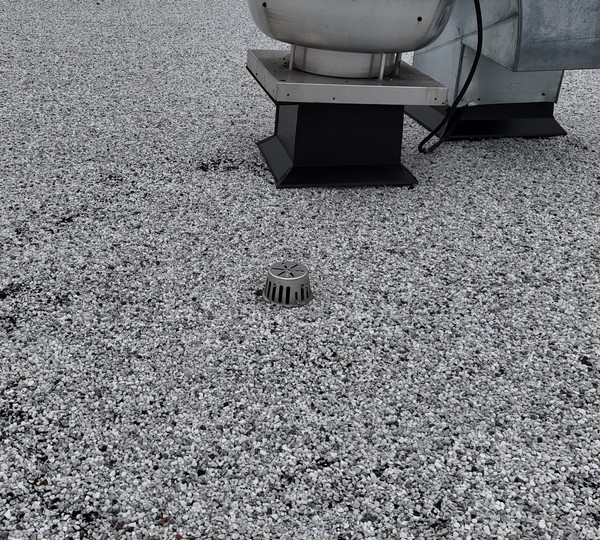
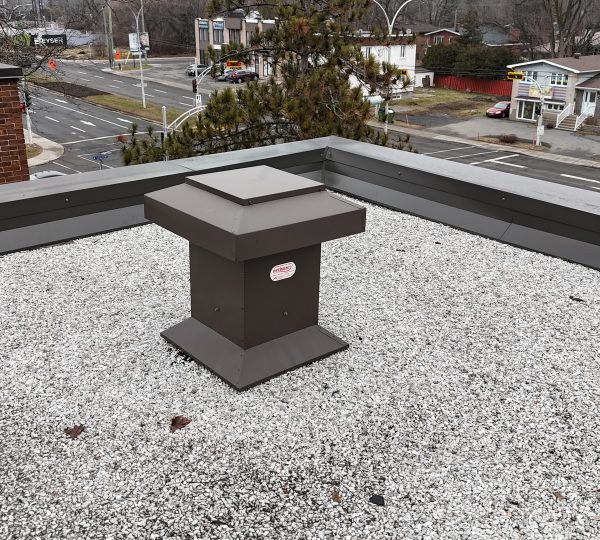
Is it necessary to adjust the ventilation for the new roof?
Indeed, ventilation is a crucial element of the roof that requires careful consideration. Historically, ventilation of the attic space was often neglected due to a lack of knowledge and research in the construction industry. Currently, with significant advancements in building mechanics, experts have recognized that attic spaces were often under-ventilated, leading to premature aging of the roof covering. In accordance with current standards, it is recommended to install a ventilator for every 150 square feet, approximately two to four times more than previous practices. This improvement aims to optimize air circulation and extend the roof’s durability.

